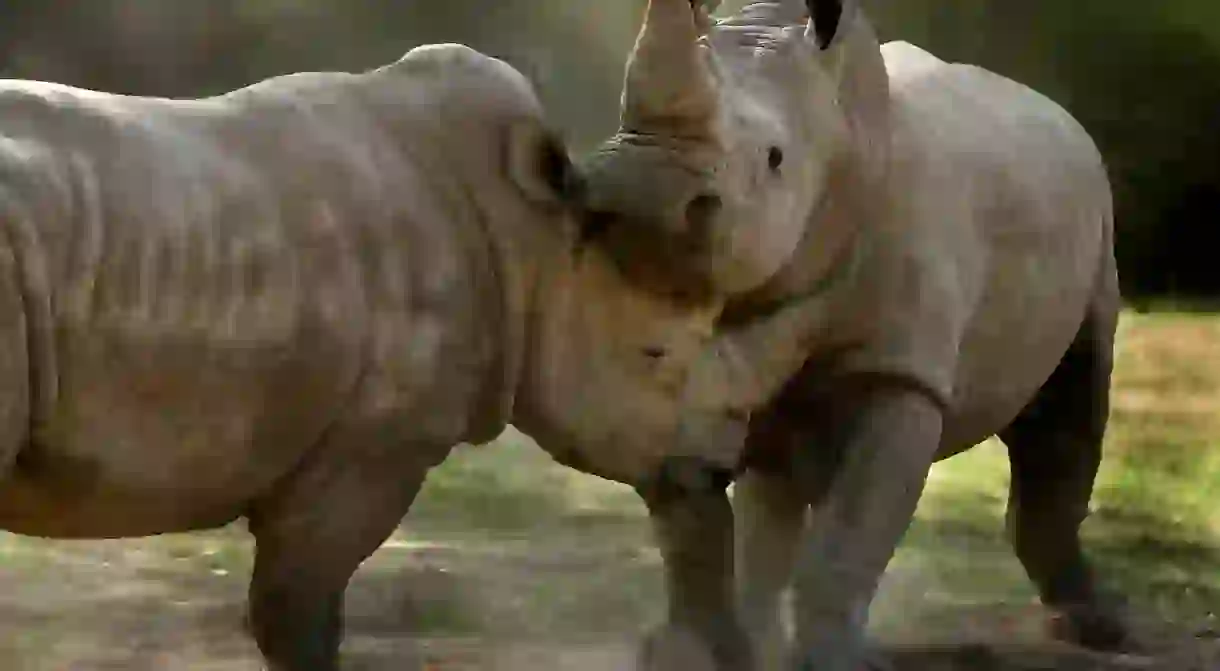A Behind the Scenes Look Into the Life of a California Zookeeper

It’s hard to have a bad day at work when your colleagues are cheetahs, rhinos, and silvery-cheeked hornbills. That’s who Nikki Smith, animal collections supervisor at Safari West wildlife preserve in Santa Rosa, California, interacts with every day when she reports to her job in the hills of Northern California’s Sonoma County. The 400-acre park is home to more than 850 animals and 113 species of African mammals and international birds that keep Smith and her human coworkers busy and visitors fascinated. So, what’s it like to care for so many furry and feathered friends? Smith opened up about her life on the wilder side of wine country.
What’s an average day like for a Safari West keeper?
I begin my day doing what we call “life checks” making sure all the animals are safe and sound and still where they are supposed to be. We then go through and begin feeding and creating diets for the animals that we are working with that day. Safari West keepers work in what is called a string system. We have seven strings that are split up by location and have certain animals that the strings will work with throughout the day. I am one of the managers for the animal department so if we have a full staff for all of our strings, I will either help where I am needed or work on the special care animals.
We have been updating our training program with all of our animals and one of the species I work closely with is the giraffes. Our training program is also part of the enrichment program that we do, training allows us to work with the animals for potential medical procedures without having to sedate the animal and making them as comfortable as possible. I spend most of my days assisting where I can, and I also do a lot of cleaning and training.

Towards the end of the day is when we will begin to wrap things up and tuck animals in, also known as shifting, if needed, and end the day the same way we began: with making sure everyone is settled in and where they are supposed to be.

How is working with animals in a 400-acre preserve different than working with animals in a traditional zoo setting?
It is different in so many ways and it is the same in just as many. Either way, keepers spend their lives making the lives of the animals they work with the fullest that they can with the tools that they are given. There are good and bad parts to every job, and that doesn’t change, whether it be a zoo or a wildlife preserve.


What do you love most about your job?
Every day is different and it is always an adventure coming to work. I get to be a part of all these animals’ lives and enjoy making them as happy as I can.















